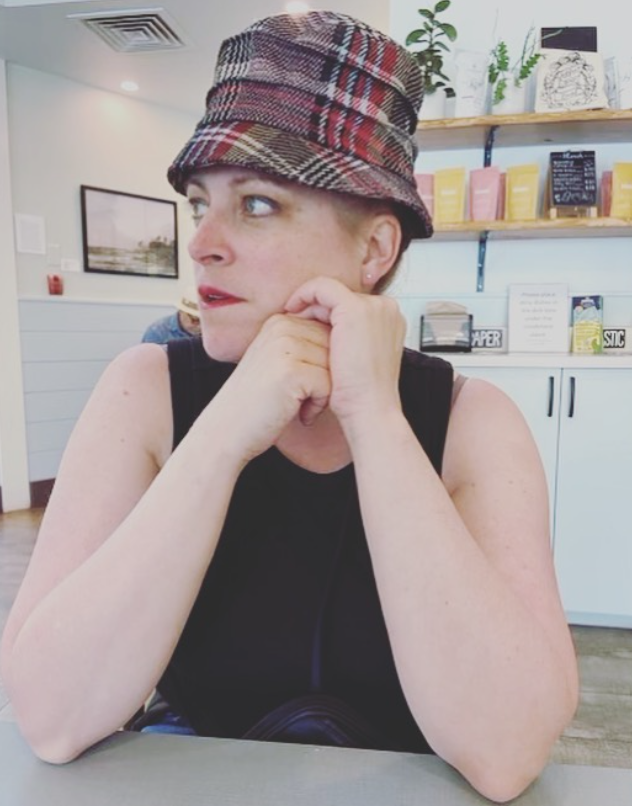Practical Magic? Yes You Too Can Use Your Gifts for Good

You know that feeling when a movie line really hits you?
I was flipping through channels and settled on Practical Magic. A movie about witches starring Nicole Kidman and Sandra Bullock. There’s a scene where the school kids were taunting Sandra Bullock’s daughters about her being a witch. One of her kids tried to fight back with her words, attempting to put a curse on the school kids. Sandra Bullock’s character, shushes her kids and turns them away from the mob. Her oldest daughter walks away, yells in frustration:
“She has all this power, and she doesn’t even use it.”
– Evan Rachel Wood in Practical Magic
That hit me. Yes, I feel this to the core. Not power as in power domination but in gifts and passions. I often feel like I am holding back. I catch my mind often, conjuring ideas – “Oh, I could do this, I could do that, this would really help so and so.”
But I stop.
Maybe I shouldn’t.
It’s like that scene from The Incredibles. The one with Dash in the track and field race, where he is pulling too far ahead, his parents motion for him to slow down, not stand out, and stay close to the others.
But what if, what if I did run a little farther out? Would that be, ok?
Problem is, I am not a forceful person. I’m not the one to be contrary, though I might think it. I am flexible and patient. Not a wave maker.
Yet, I think maybe there is space for the good waves. The ones that help.
Are you familiar with the quote from Marianne Williamson?
“Our deepest fear is not that we are inadequate. Our deepest fear is that we are powerful beyond measure. It is our light, not our darkness that most frightens us. We ask ourselves, ‘Who am I to be brilliant, gorgeous, talented, fabulous?’ Actually, who are you not to be? You are a child of God. Your playing small does not serve the world. There is nothing enlightened about shrinking so that other people won’t feel insecure around you. We are all meant to shine, as children do. We were born to make manifest the glory of God that is within us. It’s not just in some of us; it’s in everyone. And as we let our own light shine, we unconsciously give other people permission to do the same. As we are liberated from our own fear, our presence automatically liberates others.” ― Marianne Williamson, A Return to Love: Reflections on the Principles of “A Course in Miracles”
Of course, it is all easier said than done.
I think about my writing, art and all the information I collect in my head. I know it needs to be sent out to into the world, often and without angst.
I could help people.
But how do I do that?
What and when?
Are you all thinking the same about your own lives?
Is this feeling common?
There must be a solution. A way to get those self-imposed handcuffs off?
As I move into 2023, I want to change this safe narrative and start to explore my creative side. The creative actions that came easy when I was little when I had no qualms. I was joyous with my creating. I sat down daily with my art practice with a pack of felts, a pad of white paper and made those marks.
The complexity of being an adult unfortunately tells us to hold back.
But why?
Especially, the helpful things.
Truly, even if the things we try aren’t met with great fanfare, at least they help us.
Our passions our great ideas, help us and heal us.
As I type these words, I have convinced myself that I need to do the great work for my own sanity and likely some of it will be the answer to someone else’s dreams.
What would it feel like to use my gifts? Share my gifts?
I intend to find out. Seriously.
And you, what’s holding you back?

